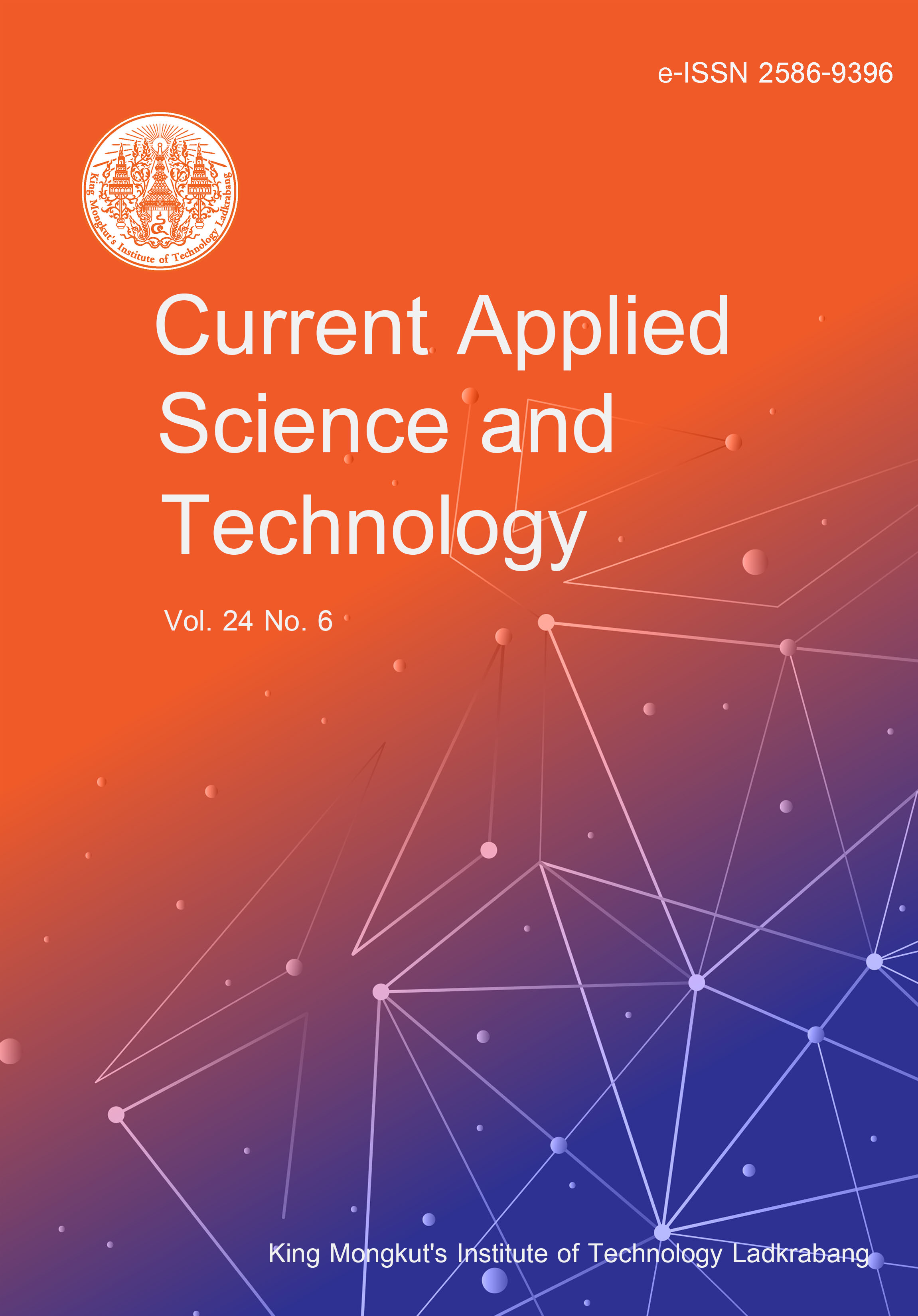Streptococcus suis infection is a zoonotic disease that can spread from pigs to humans. The infection can cause permanent deafness in people. Although it is considered as a neglected zoonotic pathogen, the prevalence of this infection has not measurably decreased in recent years. In this research, we proposed mathematical models of S. suis infection in both human and pig populations. Disinfectant sterilization in swine farms and educational campaigns were considered for cooperative control strategies. The aim of this study was to derive an optimal control strategy by using optimal control techniques associated with an existing epidemic model. Equilibrium points and the basic reproduction numbers were analyzed to determine the effect of control parameters in the constant case. For the optimal control problem, we showed numerically that the optimal control functions effectively reduced the number of infectious individuals within a finite time. However, the suggested control functions had more impact on the human group than the swine group. The sensitivity analysis implied that the control of swine population should be focused on the surveillance of weaning piglets.
Wanaleesuksan, L. ., Patanarapeelert, N. undefined. ., & Patanarapeelert, K. undefined. . (2024). Optimal control model for the spread of Streptococcus suis in human population. CURRENT APPLIED SCIENCE AND TECHNOLOGY, e0258970. https://doi.org/10.55003/cast.2024.258970

